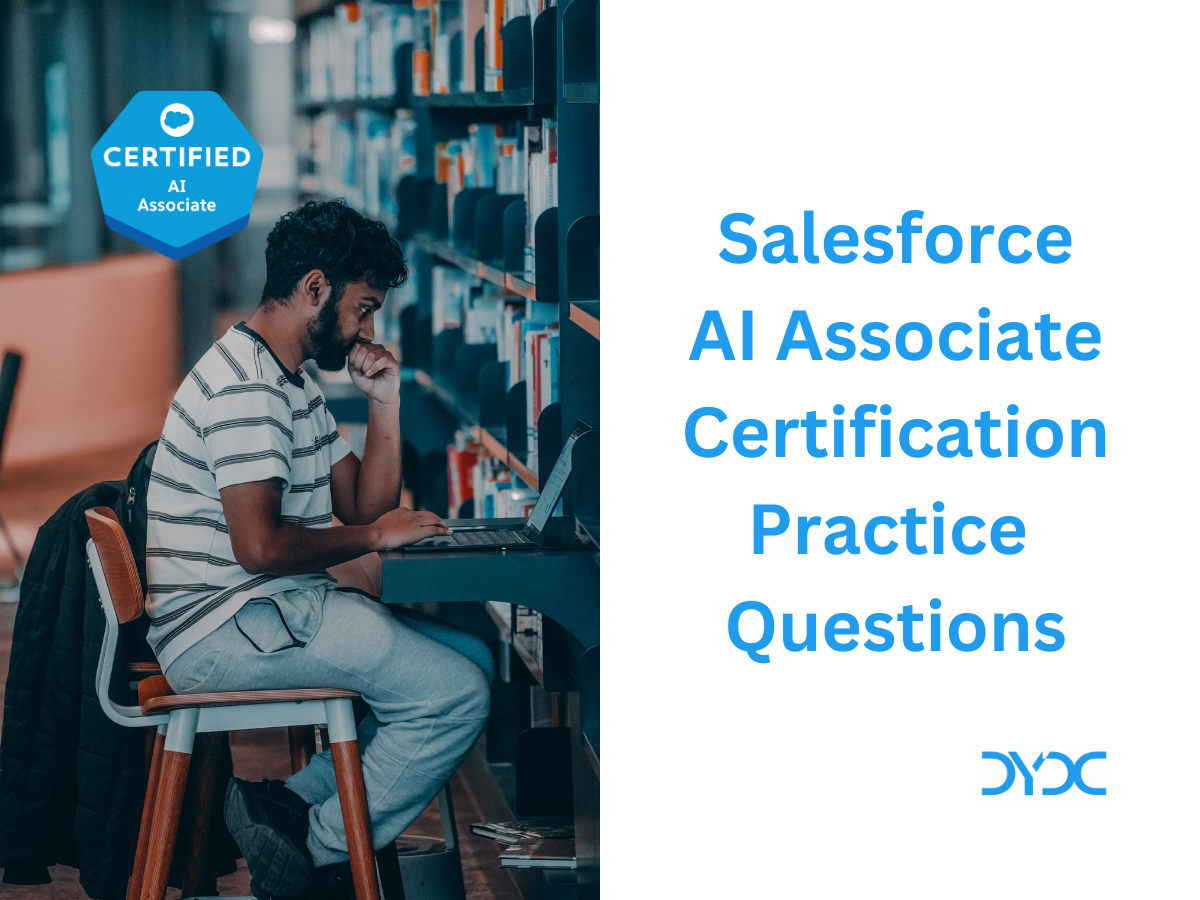Salesforce Certified Technical Architect (CTA)
The Salesforce Certified Technical Architect (CTA) possesses broad knowledge across multiple development platforms and draws on their skills and experience to assess customer requirements and architecture in order to design secure, high-performance technical solutions that maximize the potential of the Salesforce platform.
1. About the Salesforce Certified Technical Architect (CTA) Exam
Exam Prerequisites:
- Salesforce Certified Application Architect
- Salesforce Certified System Architect
- Architect Review Board Evaluation completed with a passing grade
Format:
- The candidate will review and solve a hypothetical scenario and then present to a panel of CTA judges. The presentation is followed by a question and answer session with the judges.
Time allotted to complete the exam:
- 3 hours for scenario review and solution preparation including a 15-minute break
- 45 minutes for scenario presentation
- 40 minutes for scenario Question and Answer session
An exam facilitator and proctor will be onsite during the exam.
The following materials are provided /allowed for the candidate for the exam. No other materials are allowed.
- Google Suites with access to Slides, Docs and Sheets
- Flip chart paper
- Blank paper
- Pens, highlighters, and markers
- A timer
Restrictions:
- No hard-copy or online materials may be referenced during the exam.
- Smart devices (watches, phones) must be removed and stored prior to starting the exam.
For more upto date information on the CTA program please refer the exam guide!
2. Salesforce Certified Technical Architect Exam Outline
2.1 System Architecture
- Given a scenario, determine the appropriate mix of systems, including both on and off-platform components, taking into consideration the Salesforce platform capabilities, constraints, and limits.
- Given a scenario, describe the design and platform considerations, trade-offs, and risks for reporting and analytics.
- Given a scenario, describe the architectural considerations when planning, defining, or working within a single or multi-org environment.
- Given a scenario, describe the design considerations, trade-offs, and risks for mobile solutions and recommend the appropriate mobile platform.
- Given a set of requirements, recommend the correct mix of required license types taking into account the capabilities, trade-offs and constraints.
- Given a set of requirements, describe the capabilities, trade-offs, and constraints to determine the appropriate document management solution.
2.2 Security
- Given a set of requirements, architect a solution that utilizes the appropriate platform security mechanisms.
- Given a scenario, identify the security considerations and risks, and leverage the appropriate security capabilities to design a secure portal architecture including access by both internal and external users.
- Given a scenario, identify the declarative platform security features that can be used to meet record-level security requirements.
- Given a scenario, identify the programmatic platform security features that can be used to meet security requirements.
- Given a scenario, describe how to incorporate the platform security features into a solution to give users the appropriate object and field access permissions.
- Given a set of requirements, design and justify an end-to-end identity management solution.
2.3 Data
- Given a scenario, describe the platform architecture considerations, platform impact and optimization methods used when working with large data volumes.
- Given a scenario, describe data modeling concepts and implications of database design and modeling.
- Given a scenario, determine the data migration strategy, considerations, and appropriate tools to use.
2.4 Solution Architecture
- Given a set of business requirements, describe the appropriate combination of declarative and programmatic functionality within a solution.
- Given a scenario, describe the benefits, considerations, and trade-offs of incorporating external applications into an optimal solution architecture.
2.5 Integration
- Given a set of requirements, recommend the appropriate enterprise integration landscape and describe associated risks, trade-offs, and business and technical considerations within a customer environment.
- Given a scenario, describe the capabilities of the appropriate technology and justify their use as part of the overall integration architecture.
- Given a scenario, recommend and justify the appropriate integration strategy and the use of common integration patterns.
- Given a scenario, recommend and justify the appropriate platform-specific integration technology used to integrate with external systems and describe the capabilities, limitations and trade-offs.
2.6. Development Lifecycle and Deployment Planning
- Given a scenario, identify the project risks and mitigation strategies.
- Given a customer project environment and development methodology, identify the technical considerations, risks, and impact on the technical work streams.
- Given a scenario, recommend an appropriate comprehensive test strategy and discuss how testing mitigates any project risks.
- Given a scenario, describe the considerations, stakeholders, and impact of decisions around a technical solution relative to customer project governance.
- Given a scenario, describe the platform tools, use cases, limitations, and best practices for environment management.
- Describe the common tools, benefits, and rationale for using source control and continuous integration for release management.
2.7. Communication
- Articulate the benefits, limitations, considerations, and design choices for a solution architecture and handle objections related to the design.Demonstrate how visualization and documentation tools can be used to articulate the technical solution.
- Demonstrate the ability to handle unexpected roadblocks and determine the appropriate next steps.
3. Salesforce Certified Technical Architect Trailmix
4. List of Publicly Available CTA Mock Scenarios
- CTA2202.com
- Ladies Be Architect
- Packt Publishing


